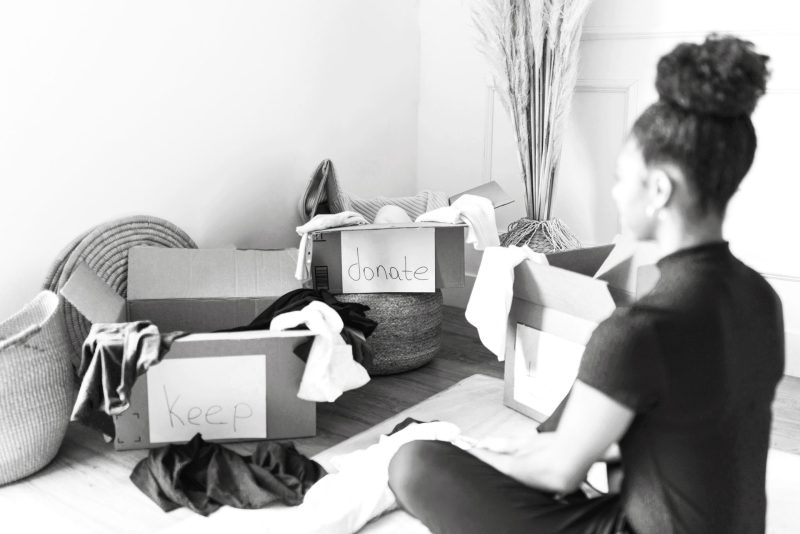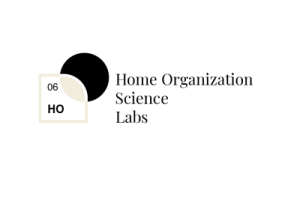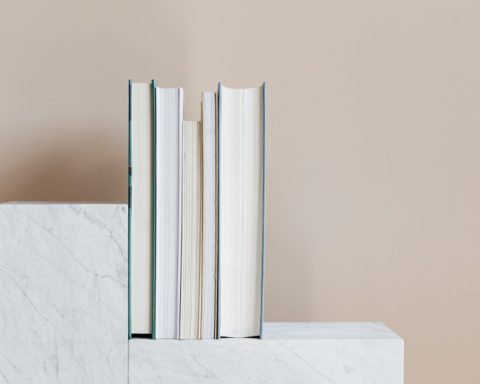Marie Kondo’s statement about embracing clutter has taken the internet by storm. Many have even come forward joking about the irony of the situation. This phenomenon has also triggered some netizens to express their skepticism toward her famous “KonMari” method of decluttering.
The KonMari method has its challenges. The method had been criticized long before Kondo declared defeat — not only by other experts but also by the scientific community. However, it is essential to note that it has several redeeming qualities.
By the end of this article, you will better understand the KonMari method. The article offers insights to help you decide whether the method is for you, especially as you embark on post-pandemic lives.
What is the KonMari method?
The KonMari method is a decluttering and organizing system developed by Marie Kondo, a Japanese organizing consultant and author. This method is based on keeping only the things that spark joy in your life and letting go of the things that do not.
5 steps of the KonMari method
This method has gained popularity worldwide due to its simplicity and effectiveness in creating a more organized and clutter-free home.
Step 1: Commit to tidying up
The first step in the KonMari method is to commit to tidying up your entire home. This means setting aside time to go through all your possessions and deciding what to keep and let go.
Step 2: Imagine your ideal lifestyle
Before you start decluttering, it’s important to envision what you want your ideal lifestyle to be. Doing so will help you determine which items truly bring you joy and which you can let go.
Step 3: Discard first
The third step in this method is to discard items before organizing them. This means going through each category of items in your home (such as clothing, books, and kitchen items) and deciding which ones you want to keep and which ones you want to get rid of.
This is the “Does it spark joy?” question that Marie is famous for. The question acts as a filter for your items.
Step 4: Organize by category, not location
Once you have decided which items to keep, it’s time to organize them. This method recommends organizing by category (such as all clothing items) instead of by location (such as all the clothes in your bedroom closet).
Step 5: Follow the order
Finally, it’s essential to follow the order of categories when decluttering and organizing. Also, this method suggests starting with clothing, then moving on to books, papers, komono (miscellaneous items), and sentimental items.
The pros and cons of the KonMari method
All decluttering methods strive for the same goal: creating a clutter-free and less stressful space. Yet, homeowners should consider which method is good for them. In this section, you will find the pros and cons of the KonMari method to understand its relevance better.
Pro: Household sustainability
The biggest challenge to home organization and decluttering is overconsumption. Homeowners with irresponsible consumption behavior and/or hoarding tendencies will find themselves surrounded by clutter all the time.
The KonMari method has been known to tackle the issue of overconsumption. The method is not only encouraging homeowners to remove items that do not spark joy but also to adopt the minimalist lifestyle with as fewer possessions as possible. This way, the household will benefit from a clutter-free environment and unnecessary spending.
Pro: Productivity
Homeowners can quickly develop stress when surrounded by clutter, which can limit the brain’s capacity to function and may lead to losing focus. The absence of clutter can contribute to the overall satisfaction of the house and lead to better self-regulation. It is also noted that decluttering can increase confidence in decision-making.
Additionally, the KonMari method offers a way to organize the house thoroughly and encourages living with a limited amount of possession. This way, the homeowners can limit the time to find their desired items and allocate their precious time to do something productive instead.
Con: Environmental footprint
Perhaps, the only practical con of the KonMari method is its negligence of responsible decluttering. Research has noted that the method emphasizes quick liberation of selfhood from items not sparking joy without caring about where the items end up. Irresponsible act of decluttering contributes to unused items polluting landfills.
In her book, The Life-Changing Magic of Tidying Up, she never mentions where the unused items should end up and focuses more on rituals such as “thanking” the items for their services. Despite the good intention of achieving happiness, the method indirectly contributes to environmental pollution.
Is the method still relevant post-pandemic?
With the pandemic changing how everyone lives and works, it’s natural to wonder where the KonMari method stands today. Some may argue that decluttering and organizing homes is less of a priority amid a global crisis. However, if any, the pandemic has highlighted the importance of having a peaceful and organized living space.
Some people spend more time at home than ever; homes have become multi-functional spaces where they work, relax, and spend time with families. The KonMari method can be beneficial, allowing us to create a more meaningful living space.
By looking at its advantages, this method is relatively relevant as long as the homeowners consider the environmental aspect of decluttering.
Instead of throwing all the unused items into landfills, homeowners can donate, reuse, or recycle them. Moreover, it is also beneficial for sentimental items to be gifted to relatives so that it still stays in the family.
In conclusion
The KonMari method is an excellent way of decluttering, despite its disposal method. So, homeowners should be mindful of how they dispose of the items to protect the environment. And by following the responsible method of decluttering, homeowners can create a physically and mentally comfortable living space.
If you would like to see more resources on decluttering, visit the Home Organization Science Labs. The lab uses the research of the Institute for Life Management to produce courses, certifications, podcasts, videos, and other tools. Check out Home Organization Science Labs today.
Photo by RDNE Stock project



